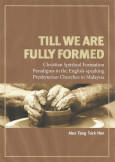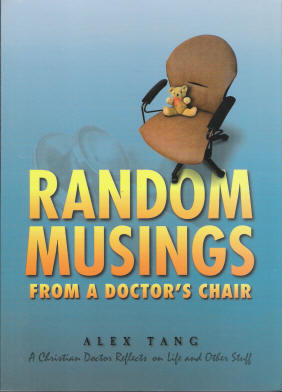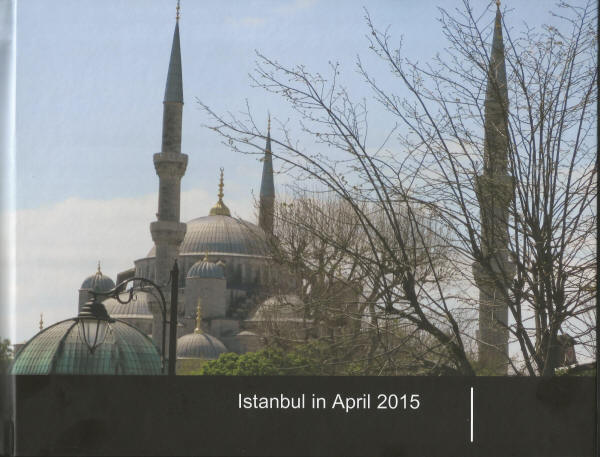The Coming Surplus of Doctors in Malaysia
I have blogged about the potential surplus of doctors in Malaysia by 2020 in my post Too Many Doctors in Malaysia
In The Star newspaper article today (p.N14)"D-G: Report on future doctor surplus inaccurate", the director general of health in Malaysia was quoted as saying, "While it is true that projections indicate that Malaysia may be able to achieve a doctor to population ratio of 1:600 before 2015, this does not mean that we will face the surplus of doctors once the ratio is reached."
The 2005 statistics show that Malaysia has a doctor to population ratio of 1:1,400. To achieve a reduction of 1:1,400 to 1:600 in 10 years is an incredible increase in the number of doctors. What it means is that there is a large number of medical schools producing an incredible number of medical graduates to achieve this ratio. Once this ratio is reached in 2015, these medical schools are going to continue to produce doctors. Anyone can see that there WILL be a surplus.
It must be acknowledged that there is inequality in the distribution of doctors. There are more doctors in the urban centres than in the rural areas. And there is a 40% vacancy in the public section n 2007. However, the increase in licencing of medical schools will not solve the problem of shortage of doctors in the public sector. The three years 'compulsory service' all doctors have to serve the government may boost up the numbers in the public sector but increasing the number of fresh doctors is a short time answer to this shortage.
There have been an incredible increase of new medical schools in Malaysia. Somehow colleges which have been upgraded to university status, which do not even have their own campuses but work out of some shoplots in urban centres are setting up medical schools. Others like the University of Newcastle from the United Kingdom will be setting up a medical school in Nusajaya in Johor. I see a few problems with this scenarios:
First, what facilities can these new medical schools offer for their training of their students? Medical education must involve a large hospital for the students to learn medicine in. All the general hospitals already have a medical school attached to it. Where will these new medical schools be training their students? A district hospital will never be adequate as a main teaching hospital.
Second, where are the lecturers and professors going to come from? The pool of lecturers and professors are small in Malaysia and already many are playing merry-go-round; moving from one medical school to another. Many medical schools are calling doctors out of retirement to teach. Teaching medicine to medical students means that the teachers must be up to date and on the cutting age. Poorly equipped teachers will produce poorly trained doctors. There are no other possible outcome. Medicine is not something one can learn from a book.
Third, the large number of medical schools will need a large number of students. While there are overseas students enrolling in some of the better local medical schools, these are few in numbers. The majority still comes from Malaysia. What is happening? In fulfilling its quotas of paying medical students, the medical schools will be forced to reduce their entrance requirements. Students who would otherwise not be eligible to study medicine are admitted to the course. This may explain the high incidence of mental problems experienced by medical students and young doctors as reported by the Ministry of Health. The question to ask is whether you want these doctors to treat you when you are sick? Both the second and third point highlights the fact that too many medical schools in a small country like Malaysia may result in producing doctors who are not of sufficient standard to look after the health of the people of Malaysia.
Finally, one day the number of doctors will exceed the demands of the Malaysian society. Already in some urban centres, one can see two to three general practitioner clinics in a single row of shophouses. The value of a medical degree will drop as doctors will be forced to find employment outside their field of training. When that day comes, it will be a sad day for doctors in Malaysia.
.
Labels: Medical Students, Medicine















2 Comments:
Hi Kate,
Welcome. I look forward to your comments especially about online education.
It is very interesting to see countries actually worry about a physician surplus. I think this is a very real problem. The U.S. has one physician per 325 people!!!! a true horrendous surplus. But they think there is a shortage because to the pharmaceutical companies, private hospitals and big medical groups there will never be a shortage (because doctors make money for them, simple as that.) One of the main problems about physician oversupply is that there is no more selectivity in medical school admission. As much as anybody wants to deny this, medicine IS NOT FOR EVERYONE, simply because of the seriousness of what is being dealt with (health, life and death). Still there are millions of people hellbent on being doctors when they don't have the brains, ethics and morality to do well in this profession. Hence the birth of petty, greedy Caribbean medical schools where they produce "failures" every year. Malaysia is an example of soundness and good ethics by regulating their physician supply. Congratulations.
Post a Comment
<< Home